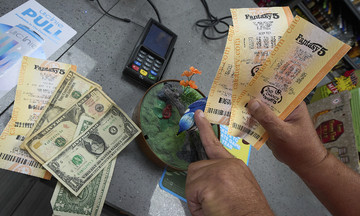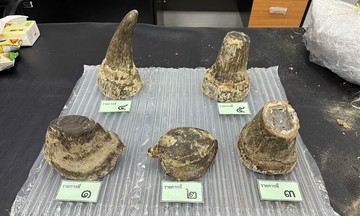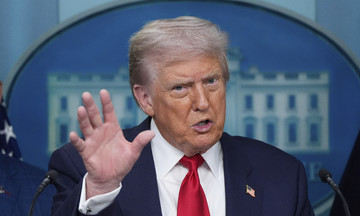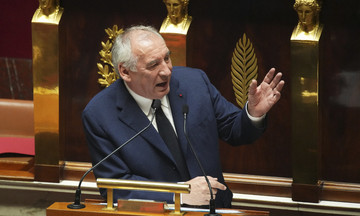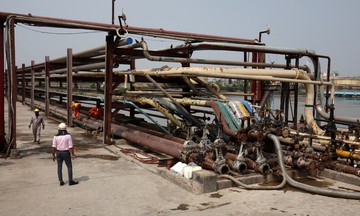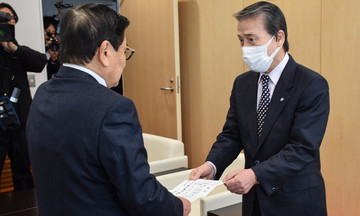In October 2024, Shigeru Ishiba became Prime Minister of Japan after being elected president of the Liberal Democratic Party (LDP), the party founded in 1955 that has dominated Japanese politics ever since.
At the time, Ishiba enjoyed considerable support in polls conducted by leading Japanese newspapers. His approval rating exceeded 50% in most polls, compared to just 30% for his predecessor, Kishida Fumio.
Assuming power amid the LDP's struggles following a fundraising scandal, Ishiba sought to restore public trust in the party and the country's politics, promising to make Japan "smile again."
But his honeymoon period was short-lived. Public discontent grew over rising prices and a rice shortage that strained many households. Within the LDP, concerns also mounted.
Shortly after Ishiba became leader, the LDP lost its absolute majority in the lower house of parliament for the first time in 15 years. Ishiba and his party members tried to persuade the public to have faith in the party's reforms, but to no avail.
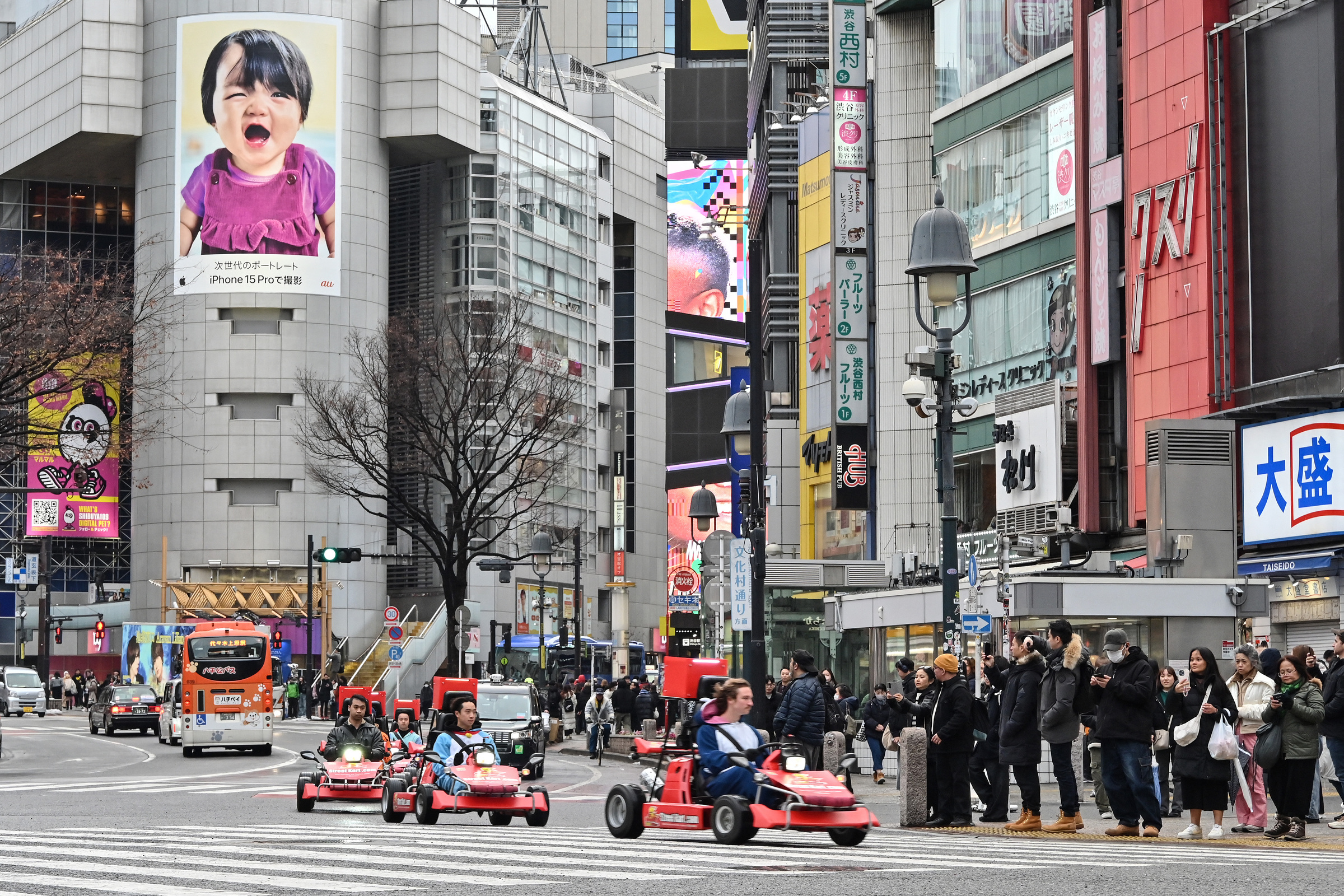 |
A view of Shibuya district in Tokyo, Japan, in 2/2024. Photo: AFP |
A view of Shibuya district in Tokyo, Japan, in 2/2024. Photo: AFP
Then, the LDP suffered another setback in the July upper house election, losing its majority in both houses of parliament.
Major parties in Japan have recently lost ground to emerging populist parties as voters seek new promises on issues like inflation, immigration, and slow economic growth. These losses put increasing pressure on Ishiba, with many calling for his resignation.
The pressure intensified as Japan faced tariff threats from US President Donald Trump. Ishiba said he intended to take responsibility for the LDP's defeat in the July parliamentary elections but wanted to make progress on tariff negotiations with the US first, calling it a matter of national interest.
"Who will negotiate seriously with a government whose leader has announced his resignation?", he said.
His efforts paid off when, late last month, President Trump ordered a reduction in tariffs on Japanese cars and other goods from 25% to 15%. However, this did not alleviate the pressure on Ishiba from both the public and within the LDP.
Last week, the LDP called for a party "overhaul" after its recent setbacks. The party planned to meet on 8/9 to consider holding a snap election. If approved, this would be seen as a vote of no confidence in Ishiba.
On the morning of 7/9, former health minister Norihisa Tamura said on an NHK television program that the best way to heal divisions within the party and move forward was for Ishiba to address the disagreements before the meeting.
Tamura added that the LDP had been distracted from important work on economic measures and gaining opposition support in the next parliamentary session.
That's when Japanese media outlets, citing sources, reported that Ishiba would resign. Ishiba initially remained silent but later announced he would hold a press conference on the afternoon of 7/9.
"Having reached a milestone in tariff negotiations with the US, I have decided that now is the time to make way for a successor," Ishiba said at the press conference, announcing he would resign as both Prime Minister and LDP president.
The Prime Minister said he made the "painful" decision to resign to prevent a no-confidence vote, believing it would "cause serious division within the party."
Ishiba's resignation will allow the LDP to begin a new process to elect a party leader, expected in October. He will remain in office until the new leader is approved by parliament.
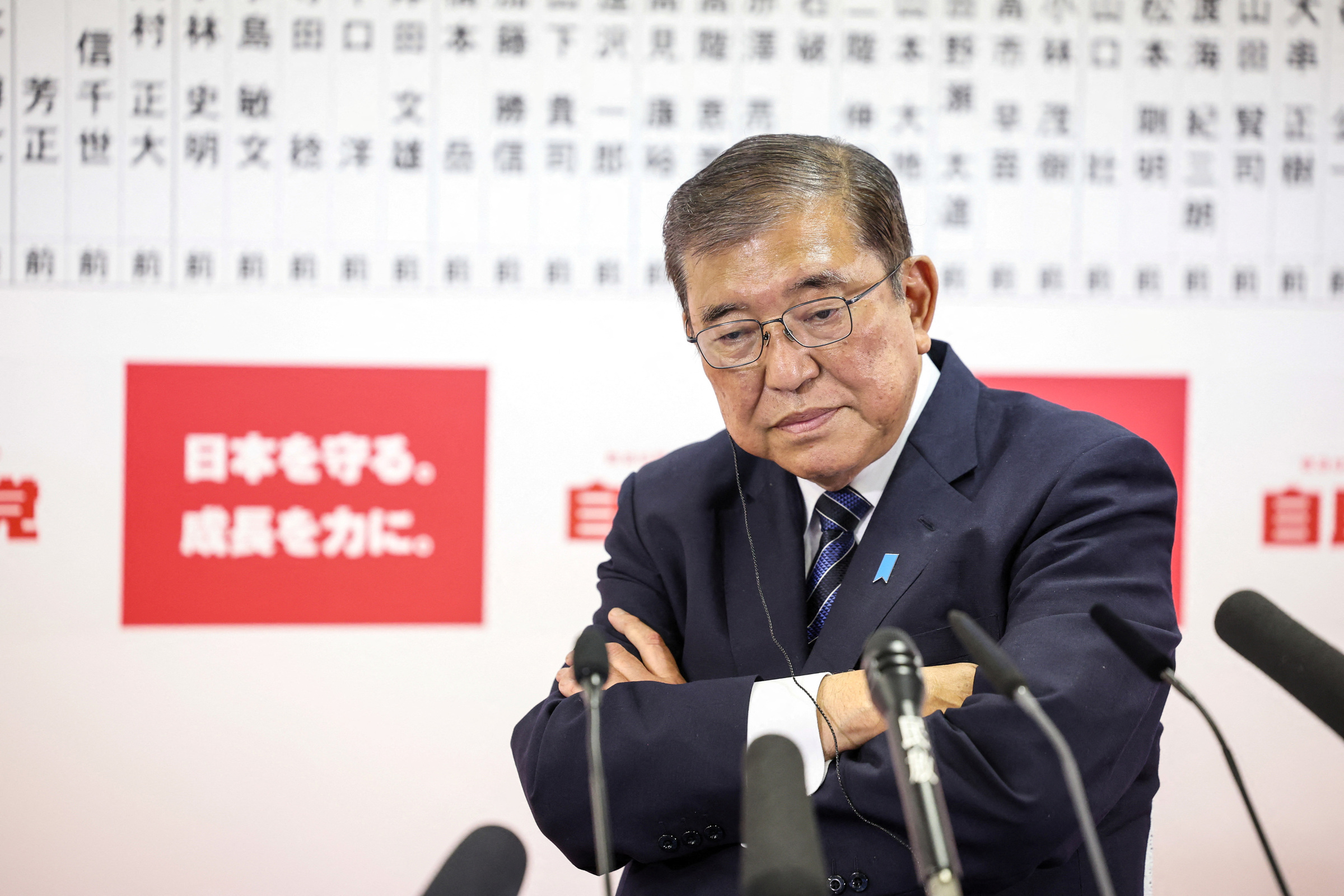 |
Japanese Prime Minister Shigeru Ishiba at the headquarters of the ruling LDP party in Tokyo on 27/10/2024. Photo: Reuters |
Japanese Prime Minister Shigeru Ishiba at the headquarters of the ruling LDP party in Tokyo on 27/10/2024. Photo: Reuters
Ishiba said he would not seek re-election in the future, though he expressed regret at leaving unfinished business, such as measures to increase wages, agricultural reforms, and strengthening Japan's security. He urged his successor to address these unresolved issues.
Ishiba's resignation has raised concerns about the political situation in Japan, where the LDP has held power almost continuously for nearly seven decades.
Masato Kamikubo, a professor of political science at Ritsumeikan University in Kyoto, said Ishiba's resignation reflects the limitations of old-style politics in Japan and within the LDP. He added that Ishiba's relatively moderate stance had alienated LDP supporters, who turned to right-wing populist parties like Sanseito.
"The LDP also has a large base of older supporters whose views differ significantly from those of young urban voters. Ishiba acted as a bridge between old and new politics, and that may be his final legacy," Kamikubo said.
The key question now for the LDP is who will succeed Ishiba. Potential candidates include: Agriculture Minister Shinjiro Koizumi, the son of former Prime Minister Junichiro Koizumi; the 44-year-old minister is seen by many as a candidate ready to bring change to the LDP. Sanae Takaichi, who holds strong conservative views and was previously supported by former Prime Minister Shinzo Abe; Takaichi has called for revising Japan's post-war constitution to allow the country to have a "national defense force." Chief Cabinet Secretary Yoshimasa Hayashi, according to Professor Kamikubo; Hayashi has close ties to Ishiba and might work to ensure continuity in the Prime Minister's domestic and foreign policies.
Ishiba expressed regret at not being able to meet voters' expectations for change in Japan. "I wonder how I could have done things better," he said.
For Masataka Nishioka, an employee at a dental equipment company in Tokyo, expectations for the new leader are simple. "I really hope for politics that makes people's lives easier," he said.
Thanh Tam (According to AP, WSJ, Washington Post)



